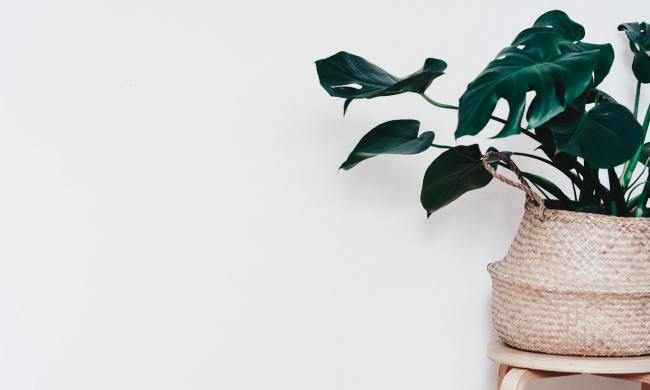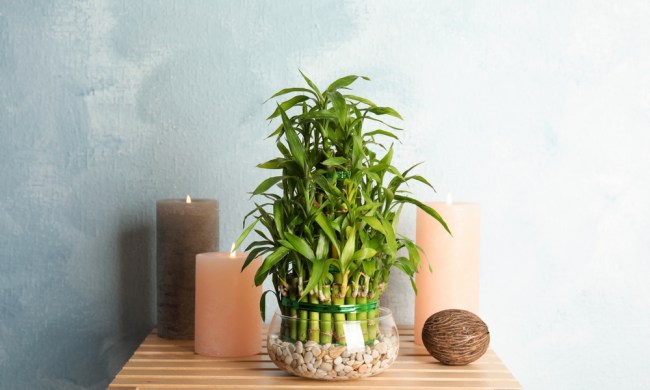Being a plant parent leads to a satisfying life. Prayer plants, in particular, are great indoor plants to take on as plant babies. They are easy to care for, give the room a splash of life and color, and they’re even beneficial to your health. They’re also an indoor plant that can be propagated and multiplied easily. We’ll discuss the best way to propagate prayer plants so you can enjoy watching new plant babies grow and flourish in your home.
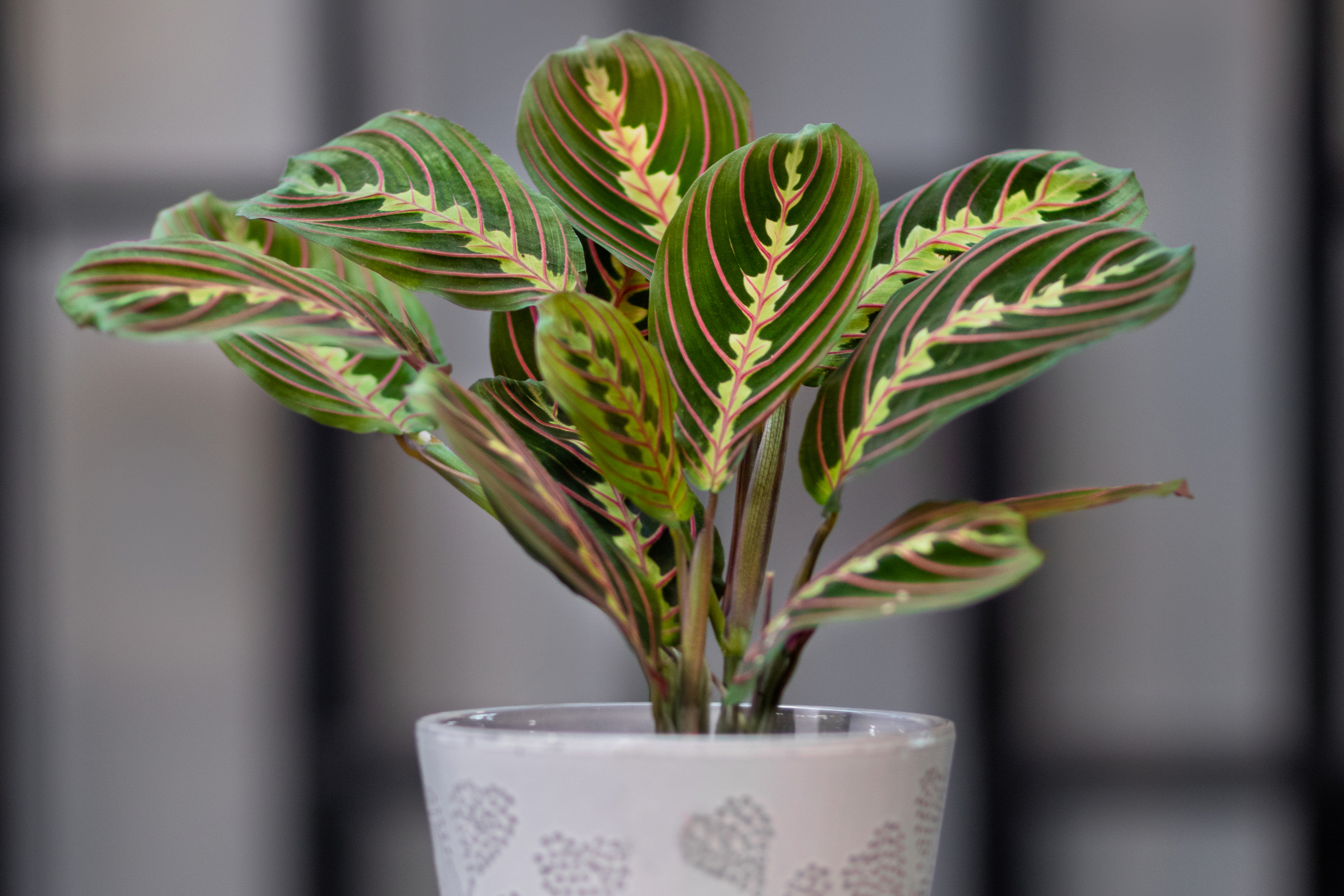
Are prayer plants easy to propagate?
There are many types of indoor plants that you can propagate over and over again to create your own indoor jungle, and some plant varieties are more difficult to propagate than others. When compared to other plants, the process for propagating prayer plants is incredibly easy and requires minimal time and effort.
Can you propagate a prayer plant in water?
While there are a few methods for propagating a prayer plant, including soil propagation, water propagation, root division, and propagating from seed, the easiest method is, by far, water propagation. It requires fewer materials than other methods, demands the least amount of effort on your part, and is a much simpler process that’s less messy than soil propagation.
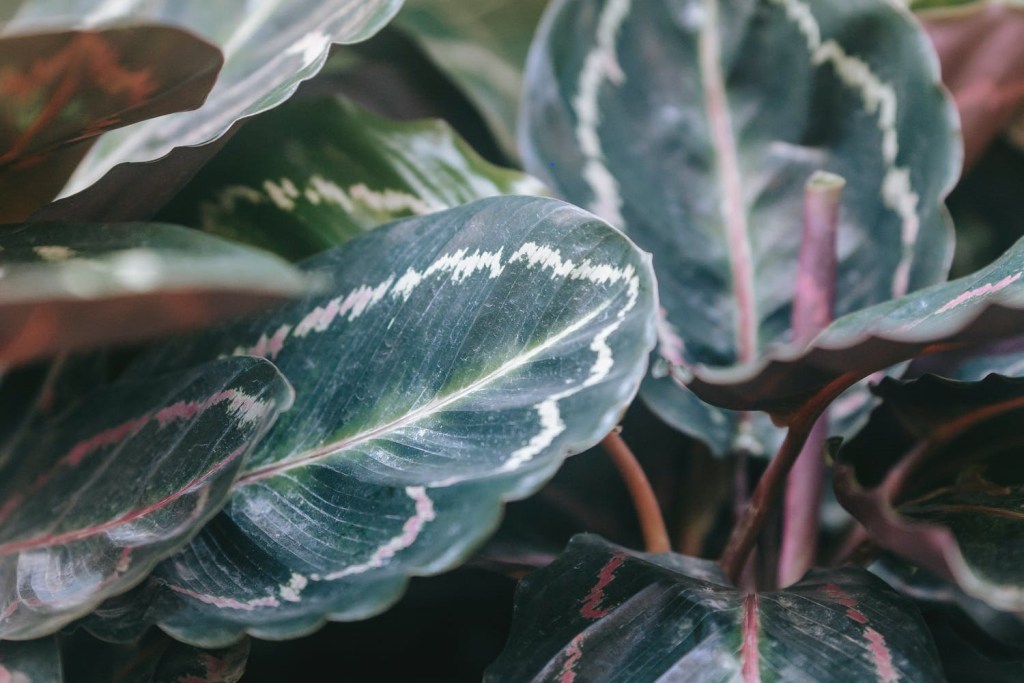
How to propagate prayer plants in water
Because it’s the simplest method, water propagation is also the most popular method for propagating a prayer plant. We’ll go over what you need to get started as well as a step-by-step guide for the successful propagation of your prayer plant.
What you’ll need for prayer plant propagation
Gather the following materials before you get started on the water propagation process:
- Scissors or pruning shears
- A glass, water-filled container (use a mason jar, or even a propagation station if you’re feeling fancy)
- A clear plastic bag
- Your prayer plant
Where do you cut a prayer plant to propagate?
Once you’ve gathered your materials, it’s time to cut off a piece of your adult prayer plant. Where you make the cut on the stem is important, so be careful. The stem has small bumps along it that are called “nodes.” The nodes are where the stem will eventually push out new leaves and branches. You’ll need at least one node on the cutting you remove to propagate your prayer plant, so be sure to make your cut below at least one of these little bumps.
How much water does your prayer plant cutting need?
The type and amount of water used in your glass container are also crucial to propagating your prayer plant successfully. Make sure to use distilled or filtered water. Many plants react poorly to chemicals like fluoride and chlorine, which are present in tap water. If you need to use tap water, though, you can just add it to the container and leave it to sit out for 24 hours to allow any chlorine to evaporate from the water.
Fill your glass container to a point where the stem’s node, but not the plant’s leaves, will be under water. Leaves will rot if submerged in water. If needed, cut off any leaves lower on the stem that you can’t prevent from being dunked in the water.
Make conditions right for your new prayer plant
Prayer plants are tropical plants, so they like warm, humid conditions. If your home tends to be cool or dry, which is particularly common during winter months, you can increase humidity around the plant by covering it with a clear plastic bag. The plastic will trap in moisture and keep the air humid around your new cutting.
These plants also like a lot of light, but not direct rays of sunlight. Be sure to place the glass container near a well-lit window for the best growing conditions.
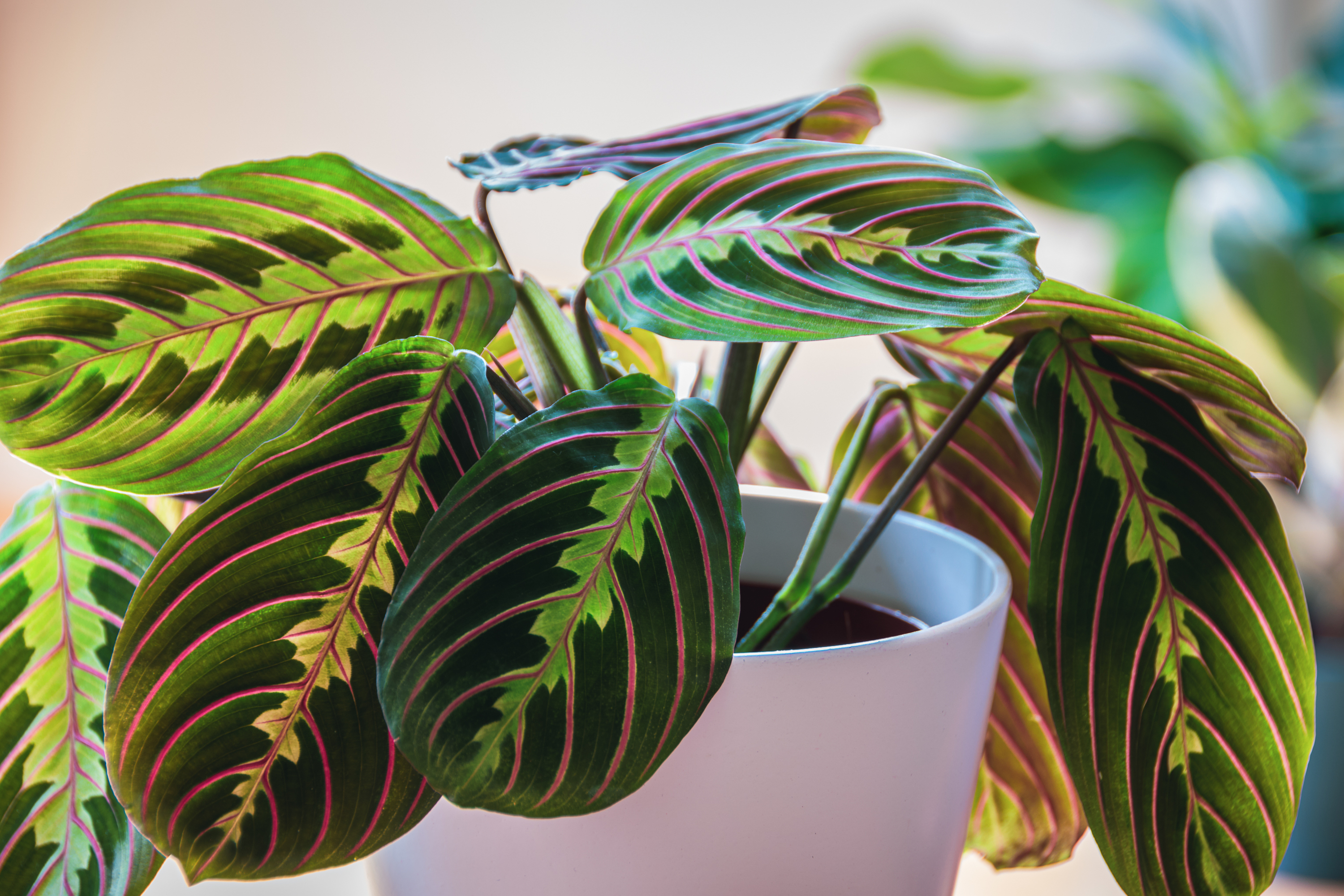
Watch for root growth in your prayer plant cutting
At this point, it’s a waiting game to see how quickly your propagated prayer plant will grow roots. In some cases, the plant could be ready to be moved to soil in just two weeks, but sometimes it can take more than a month. You may notice more leaves popping out of the top of the plant, but the most important thing is to wait for small, white roots to start growing on the portion of stem under the water. Once the roots are roughly 1.5 to 2 inches long, you can transfer the plant to a pot with soil.
You may want to change your water at least once during the growing period, particularly if you notice that root growth has slowed.
Transferring your new prayer plant to soil
The process for transferring your prayer plant to soil is quite simple. In your planter, toss in a layer of soil at the bottom. Then, place your new prayer plant in the planter and gently surround the stem with soil until the pot is full. Give the soil a good watering, and replace the clear plastic bag over the plant. The plant may struggle for a while after being transplanted, so the extra humidity from the bag will be beneficial.
Prayer plants are beautiful additions to your home’s decor and ambiance. They’re also resilient and beneficial to your health. So it’s a good thing propagating them is so easy! With our guide to propagating prayer plants in water, you could have several prayer plants peppering your home in as little as a few weeks.


